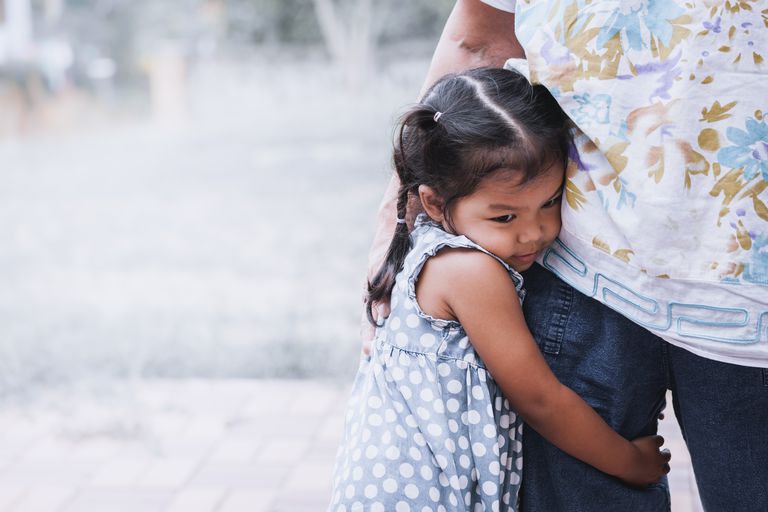Separation Anxiety In a Child
Every parent dreads leaving a child at day care, school or with family and friends if they’re throwing a temper tantrum or crying like her heart is broken. Know that separation anxiety in a child is very common – especially when a baby reaches the toddler stage – although some children experience anxiety sooner than others.
Knowing how to cope with these behavior patterns is key to relieving your angst about the separation. You’ll also be better able to help your child cope with her anxiety. Understanding why separation anxiety occurs is the first step to coping with the problem.
First you need to know that a child has no concept of time. When you leave, she doesn’t know when or if you’re coming back. She simply knows that you’re gone and she misses you because you’re ordinarily a “permanent” existence in her life.
Childhood separation anxiety can happen when a new situation occurs in a child’s life. Changing a childcare provider, introducing a new brother or sister, going to school or moving to another home might all trigger separation anxiety behavior in children.
There are strategies that may work to calm a child and reassure her when she experiences separation anxiety:
- Don’t prolong the agony. Hesitating when leaving a child with a caregiver will make her perceive that she’s “winning.” Speak calmly to the child and the caregiver and then say your goodbyes.
- Ensure that the child is comfortable. Never leave a hungry, wet, dirty, sick, sleepy or tired child with a new caregiver. The child is already uncomfortable and it’s not a good time to bring in a new person or place.
- Let the child get to know the caregiver. If possible, invite the caregiver to your home a few times and let your child become acquainted with him or her before leaving. If you’re placing the child in a new daycare center, visit the facility a few times, let her play and become familiar with the place.
- Keep your promises. When the child is old enough to understand, let her know that you’ll pick her up just after nap time (for example). For younger children, remain calm and positive. Tell the child you are leaving and will be back. Then, keep the promise to help develop confidence in the child that you’ll be back.
If possible, leave your child with a chosen caregiver for brief time periods so that she can become familiar with the routine and gain assurance that you truly will return. Ask your caregiver to please distract the child with toys or something else of interest as you leave.
The time that a child experiences separation anxiety varies. Some carry anxieties into the early years of school and others begin to adjust during the toddler stage. There may be a deeper cause for the anxiety if the child develops more troubling reactions.
Find out as much as you can about separation anxiety in children and talk to your health care provider if you suspect a deeper problem.
Best Child With Anxiety Products








